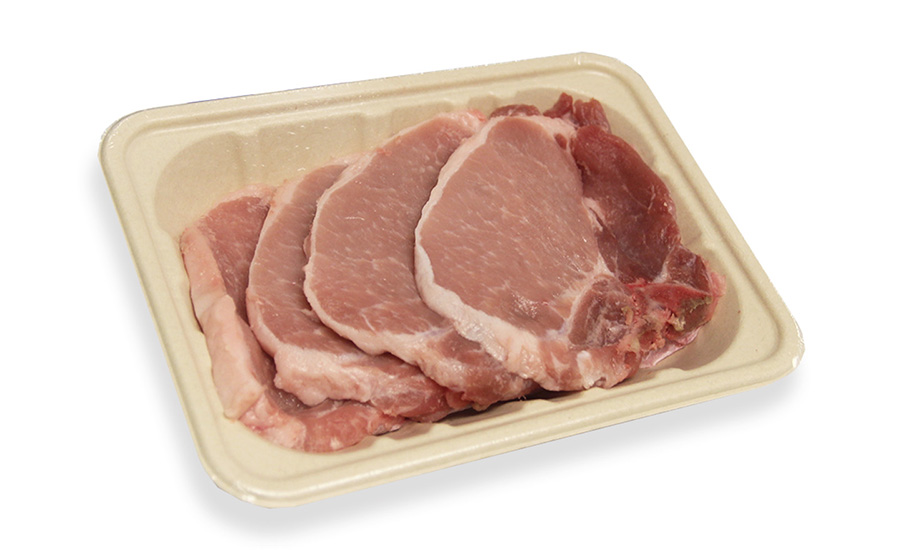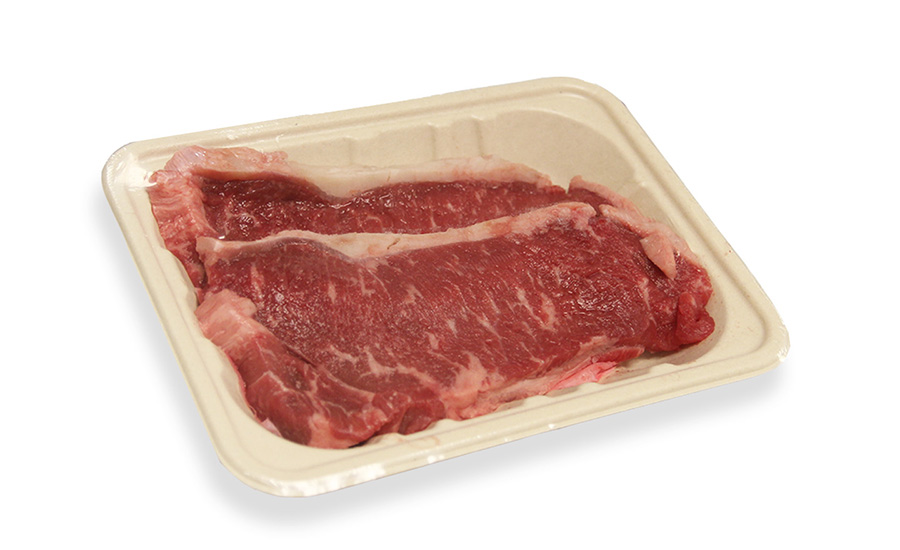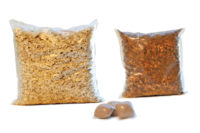

Many food manufacturers and retailers are searching for the next new thing in fresh protein packaging – a quest that is often easier said than done. Any new design competes with the versatile tray overwrap style, which for decades has generally been regarded as the most cost-effective way to package a wide variety of meats. While we’re all comfortable with the reliability of tray overwrap, it traditionally lacked some of the selling points of recyclability and environmental stewardship that many consumers are looking for in their brands today.
In response, the packaging industry is placing added emphasis on research, development, and experimenting with new materials and films that together bring more green attributes to fresh protein packaging applications. These efforts are already yielding promising results and leading to greater cooperation between OEM manufacturers and their customers to develop customized packaging solutions for specific meat-based applications.
Current state of affairs
This push on behalf of packaging OEMs to look for different protein packaging options has been growing for some time. The challenge we face as an industry is staying ahead of trends by producing packaging options that meet our customers’ demands. Doing this successfully means constantly evaluating different materials and packaging styles, listening to retailers, and anticipating consumer buying trends – these factors and more all need to be considered in the development process.
Poultry and meat manufacturers and retailers face their own challenges when it comes to packaging alternatives, and that’s balancing the desire for something new versus the cost to make that happen. Tray overwrap is regarded as the most cost-effective packaging option. But there’s a drive from many to rid Styrofoam from protein packaging, yet do so while keeping costs stable. That can be tricky to do because when you start making packaging with more green materials, it’s likely going to cost more green.
There’s also a push from many OEMs to offer a much wider range of packaging options with materials that are recyclable, renewable, and reusable as standard offerings by 2025. That may sound great, but will municipalities be set up by that time to accept the demand for handling these materials?
The bottom line is that there are numerous factors that come into play in determining the future of protein packaging. Of course, the industry as a whole wants to become more environmentally sound with their packaging. And we feel that’s going to happen soon. It may be a commitment from a major food manufacturer or retailer with customers demanding a change that will propel these companies to throw their full support behind sustainable packaging. Demands like these may just be the catalyst needed to drive this change across the industry.


New solutions
Tray overwrap has proven itself through the years to be a reliable, inexpensive packaging option for fresh protein. It’s popular with manufacturers and retailers, and consumers are familiar with the style. But as new, greener packaging designs emerge, does that mean you have to get rid of your tray overwrap equipment and buy something to keep up with the times? Not necessarily.
As R&D in sustainable packaging continues to develop, some of those new designs and materials can be run on existing tray overwrap equipment. Recyclable plastic trays have been gaining traction as an easy replacement for foam trays. Being able to repurpose perfectly working machinery is certainly a huge cost-savings to operators. While change is coming down the road, don’t be panicked by thinking you have to figure out a solution to replace tray overwrap right now. It likely isn’t going away anytime soon.
Nonetheless, proactive OEMs continue to work closely with food manufacturers, retailers, and material suppliers to test new alternatives that will someday change the face of protein packaging. Many of these ideas have merit and warrant further testing. The key is striking a good balance between many factors, notably meeting the packaging goals of the food manufacturers and retailers, gaining the acceptance of consumers, and keeping costs in line. Accomplishing all three in one product, however, is the complicated part.
For example, we recently worked with a vendor that manufactures compostable trays that can run on the tuck and fold and end-seal overwrap machines. While the material wasn’t ideal for poultry due to the high moisture content, it did show promise when paired with recyclable film to package pork, red meat, and processed (sausage) products. The cost to manufacture this type of sustainable tray/film solution is currently more expensive than a traditional foam tray option. But, as production rates of these materials grow and there is more competition to produce materials, efficiencies occur, driving prices down. So, while it may not be the most cost-effective choice right now, it does offer options to retailers looking for something compostable or recyclable to meet their sustainability goals.
Another example of new possible solutions came from a vendor wanting to produce foam trays using their corn-based foam material. They presented this material as an environmentally responsible alternative to Polystyrene. We performed tests on the material and compared it to similar Styrofoam and plastics, and it performed fairly well. That vendor is still working through factors in determining the right market for this type of tray, but this kind of innovation is indicative of where the packaging industry is going.
Getting started
Implementing a new fresh protein package design requires a thorough understanding of all the variables that are involved in your packaging line. To do that, you need to look at the whole picture. Here are some questions to ask yourself when getting started:
- What are you trying to accomplish with the change of your packaging?
- Are you open to the idea that a new solution may cost more than your current packaging?
- Are you trying to improve shelf life?
- Are you trying to improve the appeal of the product?
- Is there any sort of value-add that you’re looking to place on the package or product for the consumer?
- Are you looking for a more environmentally friendly package material?
- Are you looking for a packaging material that’s compostable and/or recyclable?
Knowing this information up front will help define the overall scope of the project and greatly improve communication with the partnering OEM. Also, having answers to these questions in the early stages is critical because each one influences the other; if one of the answers to a question is unknown, it can sometimes dramatically change the scope of the project, and it is important to discuss before the project begins.
The trend in packaging is going green, and this push toward sustainability shows no signs of slowing. In response, the responsibility has been placed on material suppliers and OEMs to develop packaging to meet this growing demand. Success won’t be achieved alone, but rather by collaborating on ideas, sharing information, and working together. The next new thing in fresh protein packaging is out there waiting to be discovered…and it might not be that far away.





.jpg?height=200&t=1631291905&width=200)
Report Abusive Comment